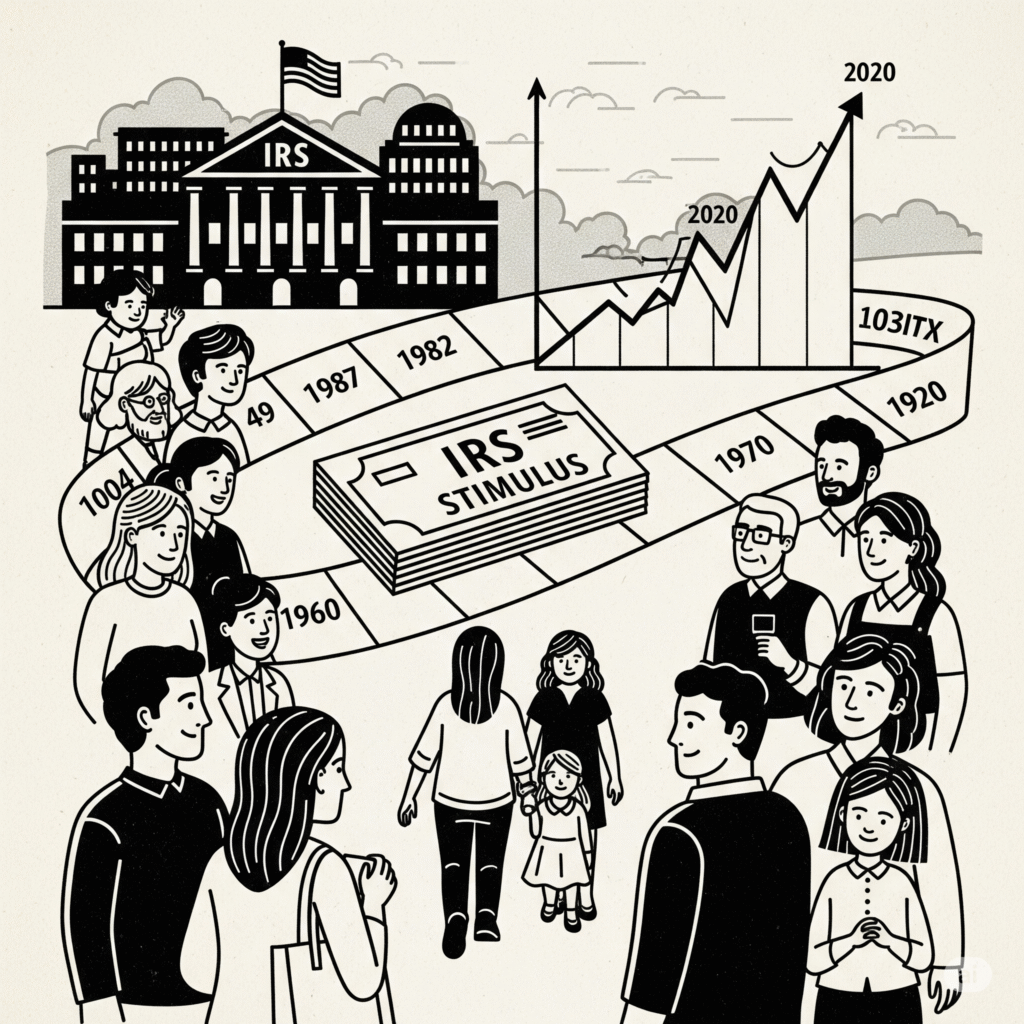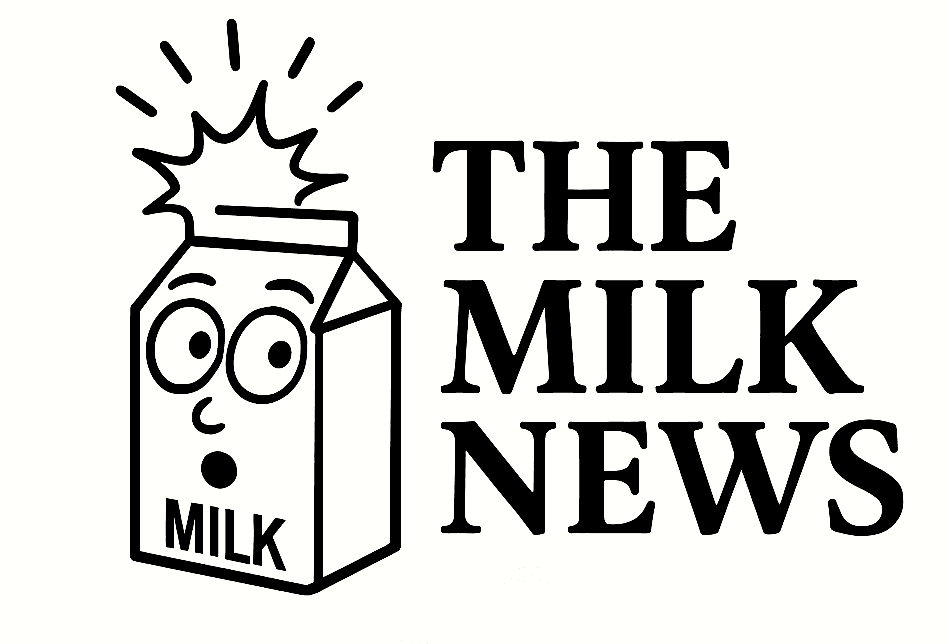By The Milk News Desk

Overview
In the digital echo chamber of social media and click-driven headlines, the rumor of a fourth federal stimulus check has taken on a life of its own. But is another round of direct payments from the IRS on the horizon, or is it just wishful thinking? For millions of Americans grappling with a complex economy, the answer is critical.
As of August 2025, let’s be clear: There is no new, universal stimulus check approved by Congress or the IRS. Despite persistent online chatter, the widespread claims of guaranteed payments are false. However, the conversation in Washington isn’t entirely dead. A single, novel proposal is on the table, while the legacy of the pandemic-era payments continues to shape both economic policy and the financial reality for American families.
This article cuts through the noise to deliver the facts—exploring the real legislation being debated, the history that brought us here, and the data behind one of the most significant economic experiments in U.S. history.
The American Worker Rebate: A Real Proposal on a Difficult Path
While most stimulus talk is pure speculation, one tangible bill exists: the American Worker Rebate Act of 2025. Championed by Senator Josh Hawley, the proposal would send payments of at least $600 per adult and $600 per child to qualifying households, using the same income thresholds as past payments ($75,000 for single filers, $150,000 for joint filers).
What makes this proposal unique is its funding mechanism. Instead of adding to the national debt, the rebates would be paid for using revenue from tariffs on imported goods. This represents a major political shift, attempting to frame the payments not as government spending, but as a “rebate” of money collected from foreign entities.
However, the bill faces an uphill battle. Many lawmakers argue that any surplus revenue should go toward paying down the national debt. Economists also warn that tariffs can act as a hidden tax, with costs passed on to consumers, potentially negating the benefit of the rebate. For now, the proposal remains a longshot.
A History of Government Checks: From Recession Rescue to Pandemic Relief
The idea of sending checks directly to Americans is not new. It has become a standard tool in the government’s playbook during economic downturns. The pandemic, however, took this policy to an unprecedented scale.
| Program / Legislation | Year Enacted | Payment Amount (Individual) | Total Program Cost (Direct Payments) | Number of Payments Issued |
| Economic Stimulus Act | 2008 | Up to $600 + $300/child | ~$120 Billion | ~130 Million |
| CARES Act (EIP 1) | 2020 | $1,200 + $500/child | ~$267 Billion | ~159 Million |
| Consol. Approp. Act (EIP 2) | 2020 | $600 + $600/child | ~$164 Billion | ~165 Million (Total EIPs) |
| American Rescue Plan (EIP 3) | 2021 | $1,400 + $1,400/dependent | ~$411 Billion | ~165 Million (Total EIPs) |
Source: Data compiled from reports by the IRS, U.S. Treasury, GAO, and CBO.
The three rounds of Economic Impact Payments (EIPs) during the COVID-19 crisis pumped over $800 billion directly into the economy. This massive fiscal intervention has sparked a fierce debate about its effectiveness.
The Trillion-Dollar Question: Did the Checks Work?
The evidence shows a complex picture. On one hand, the payments were a crucial lifeline. They played a “pivotal role” in preventing a spike in poverty, helping millions of families cover rent, groceries, and other essentials after widespread job losses.
On the other hand, critics point to the enormous cost and its contribution to the national debt. Many economists also argue that injecting such a vast amount of cash into the economy while global supply chains were disrupted was a key ingredient in the high inflation that followed.
Interestingly, data shows a major shift in how households used the money over time. A study by the National Bureau of Economic Research found that while the first check was primarily spent, subsequent payments were increasingly used to pay down debt or add to savings. This suggests that as the initial crisis passed, the payments functioned less as economic “stimulus” and more as household “relief,” helping people repair their personal balance sheets.
Actionable Steps: Claiming Money You May Still Be Owed
While a fourth check isn’t coming, millions of Americans are still eligible for money from the first three rounds. If you didn’t receive your payments—perhaps because you don’t normally file taxes or had a child in 2020 or 2021—you can still claim the funds by filing a 2020 and/or 2021 tax return to claim the Recovery Rebate Credit. The only official place to get information is the IRS website at IRS.gov. Remember, the IRS will never initiate contact by phone, text, or social media to ask for your personal information.
The intense public interest in another stimulus check highlights the financial strain many still feel. While the rumors are false, the conversation they’ve sparked ensures that direct payments will remain a central part of America’s economic policy debate for years to come.
